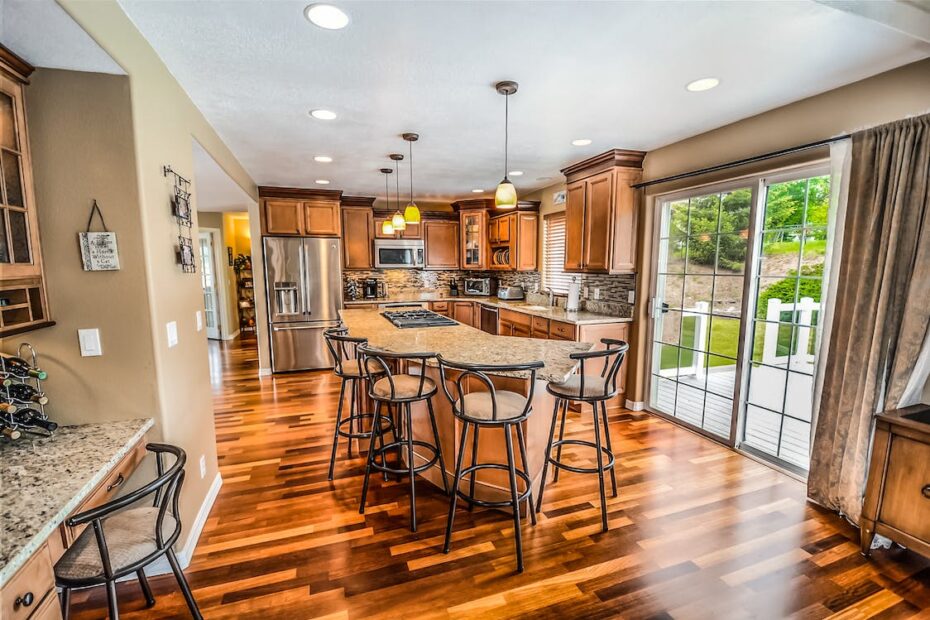Buying a home is a significant investment, and ensuring that it is in good condition is crucial. A professional home inspection is often conducted to identify any underlying issues that may require repairs. Once the inspection report is in your hands, the next step is negotiating repairs with the seller. This process can be intimidating, but with the right approach, you can successfully navigate through it. Here are some essential dos and don’ts to help you negotiate repairs after a Callaway home inspection.
Do: Prioritize the Most Critical Repairs
When reviewing the inspection report, identify the most critical repairs that need immediate attention. These could include electrical or plumbing issues, structural problems, or safety concerns. Prioritizing these repairs will help you focus your negotiation efforts on the most important aspects, ensuring your safety and protecting the value of your investment.
Don’t: Nitpick Over Minor Cosmetic Issues
While it’s tempting to request repairs for every cosmetic issue mentioned in the inspection report, it’s important to remember that not all repairs are worth negotiating. Minor cosmetic defects such as chipped paint, loose doorknobs, or small cracks can be easily fixed by yourself after purchasing the property. Save your negotiation power for significant repairs that require professional attention.
Do: Seek Professional Estimates
When negotiating repairs, it is crucial to obtain professional estimates for the required work. This will provide you with solid evidence to support your negotiation requests. Obtain quotes from reputable contractors or specialists who can accurately assess the extent of the repairs needed, their costs, and any potential hidden issues. This information will be invaluable during the negotiation process.
Don’t: Underestimate the Power of Documentation
Document every aspect of the negotiation process, including all communication and agreements made with the seller. Keep a record of repair requests, counteroffers, and any agreed-upon repairs in writing. This documentation will serve as evidence in case of any disputes or misunderstandings that may arise during or after the negotiation process.
Do: Consider Alternative Solutions
Sometimes, the seller may not be willing or able to make all the requested repairs. In such cases, be open to alternative solutions. Consider negotiating a reduction in the purchase price to cover the cost of repairs, or ask the seller to provide a credit towards the repairs. This approach allows for a mutually beneficial solution that addresses the necessary repairs while considering the seller’s limitations.
Don’t: Get Emotional or Personal
Negotiating repairs is a business transaction, and it’s important to approach it with professionalism and objectivity. Avoid becoming emotional or personal during the negotiation process. Stick to the facts presented in the inspection report and focus on finding practical solutions. A calm and level-headed approach will increase the chances of reaching a satisfactory agreement with the seller.
In conclusion, negotiating repairs after a Callaway home inspection can be a complex process. By following these essential dos and don’ts, you can navigate through the negotiation process with confidence. Prioritize critical repairs, obtain professional estimates, document all communication, be open to alternative solutions, and maintain professionalism throughout. With these strategies in place, you can ensure that your dream home becomes a safe and sound investment.
